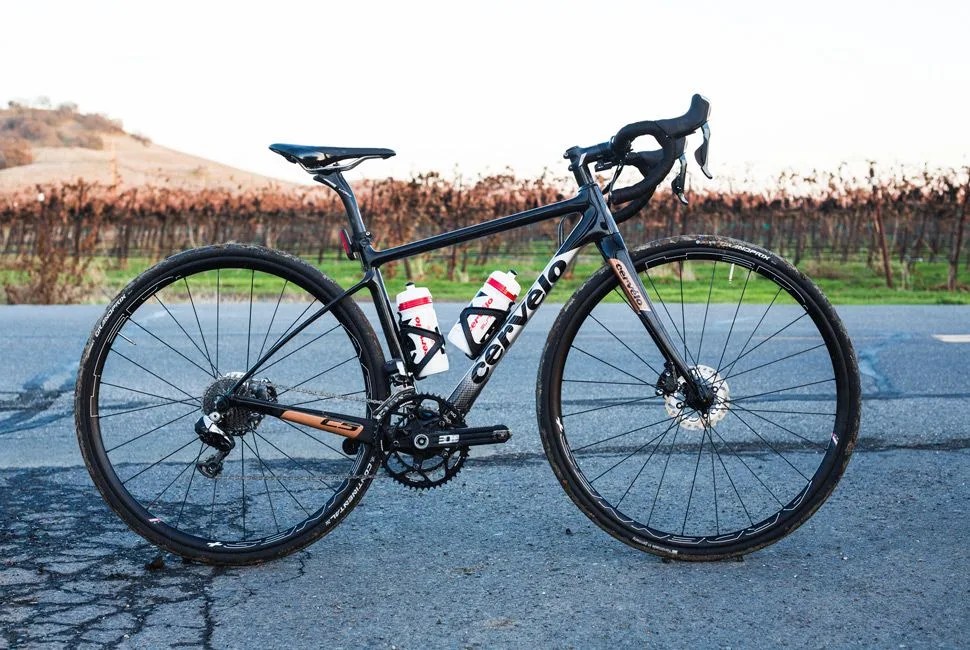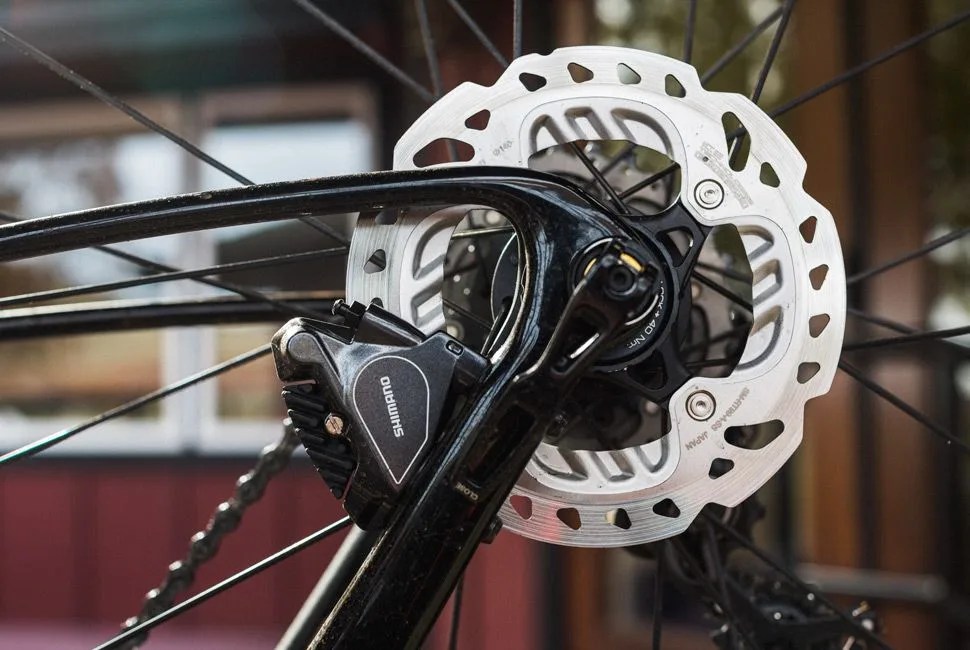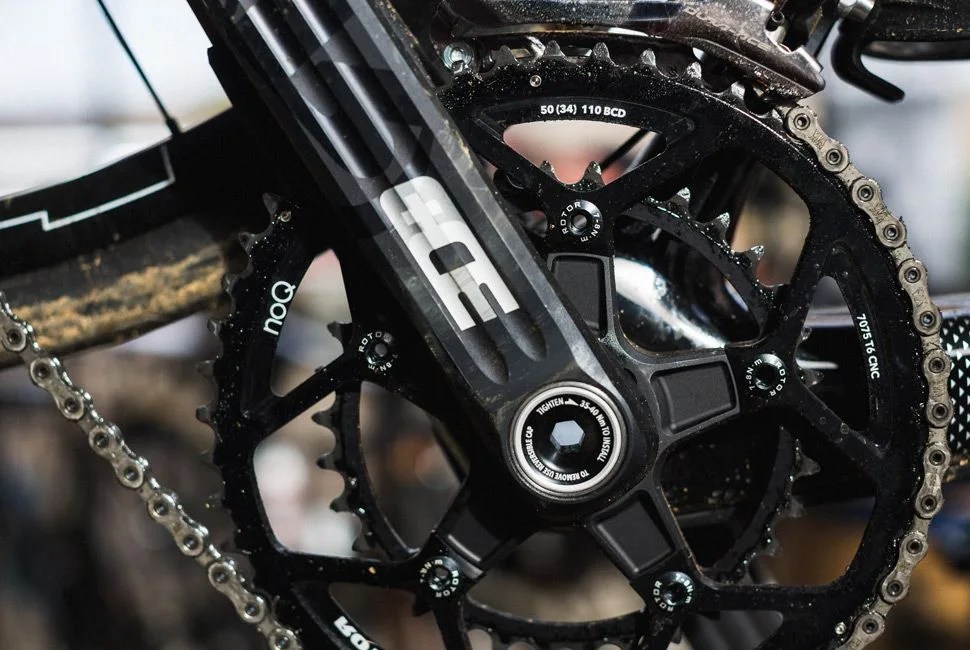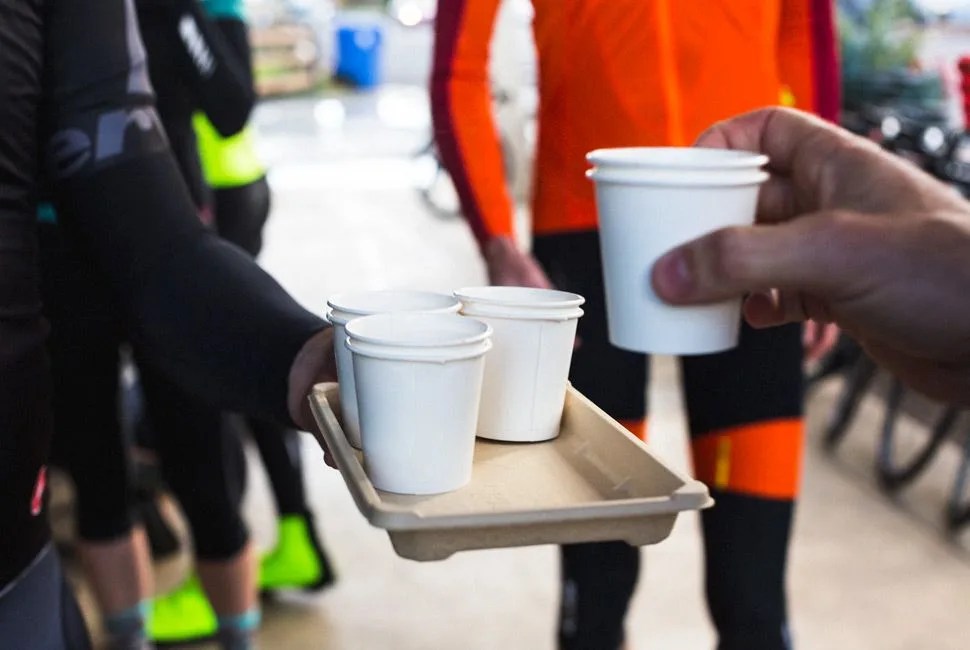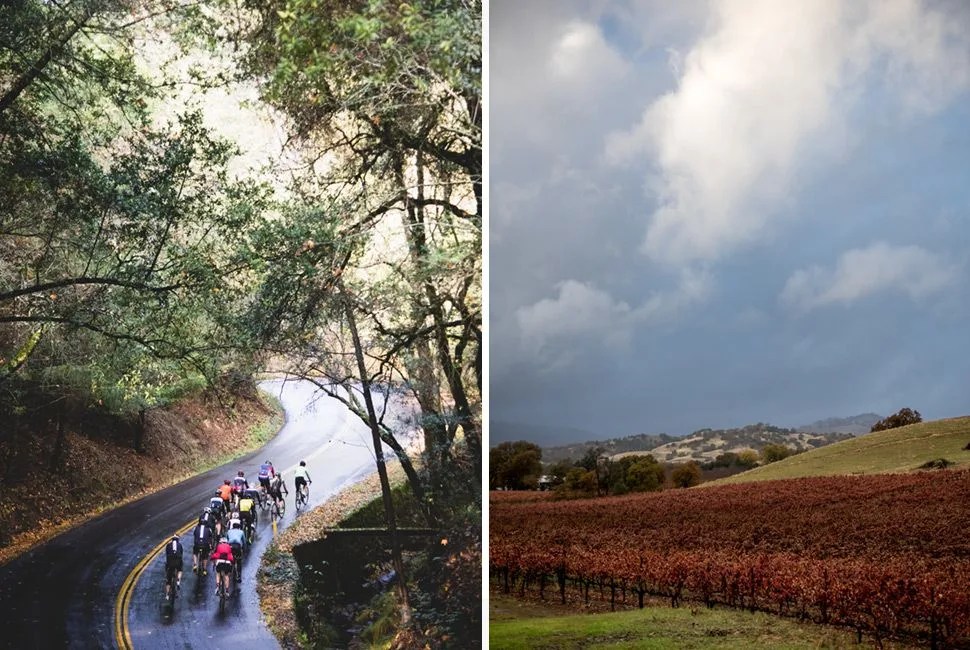10 photos
Earlier this winter Cervélo invited me to California to test out their brand-new C5, the flagship model in their C-Series, which marks the Canadian brand’s official entry into the “endurance” or “sportive” bike market. It was unseasonably chilly in the Napa Valley, where the temperature in the muddy olive grove where we camped dropped down to freezing at night. We were glamping, but without heat in the tent, I laid down under several blankets and wrapped myself in an 800-fill hooded down jacket, wanting badly to fall asleep, forget the chill and get out on the bike in the vineyards and rolling hills the next morning. Glamping in the cold ended up being a good metaphor for endurance bikes, which are meant to take some aspects of the hard-driving, rattle-your-bones road bike experience and inject it with a dose of leisure and comfort. The C5 is a glamper’s bike if I’ve ever seen one.
The big story here for cycling nuts is that Cervélo, whose founding mission was to make the fastest time-trial bike possible, is even making an endurance bike to begin with. Since they launched the Eyre and the P2 in 1996, the company has been focused on making carbon race machines that end up on the podium. With the C-Series, that haven’t abandoned that mentality, but they have adopted a combination of classic and inventive methods for making a more comfortable, stable and predictable ride.
Vital Specs
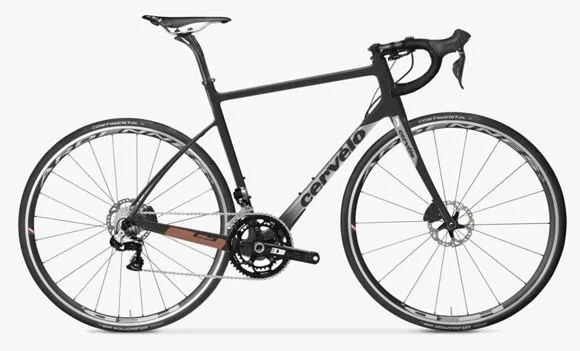
Price: $9,000
Wheel Size: 700c
Fork: Cervélo All-Carbon Tapered C5 Fork for Disc
Brakes: Shimano BR-RS805 Hydraulic Disc
Weight: 850g (56cm frame)
Available Sizes: 48, 51, 54, 56, 58, 61
The construction of a classic endurance frame includes: lengthening the wheelbase for stability; lowering the bottom bracket, thus lowering the center of gravity, also for stability; giving more clearance to the wheels so riders can run bigger tires at lower pressure for a more comfortable and stable ride; a shallower head-tube angle combined with more fork rake to provide steering that’s more manageable at high speeds (race bikes, with steeper angles, are sometimes described as “twitchy”); and, overall, employing a slightly more “relaxed” geometry, which is just to say a more upright, comfortable position.

